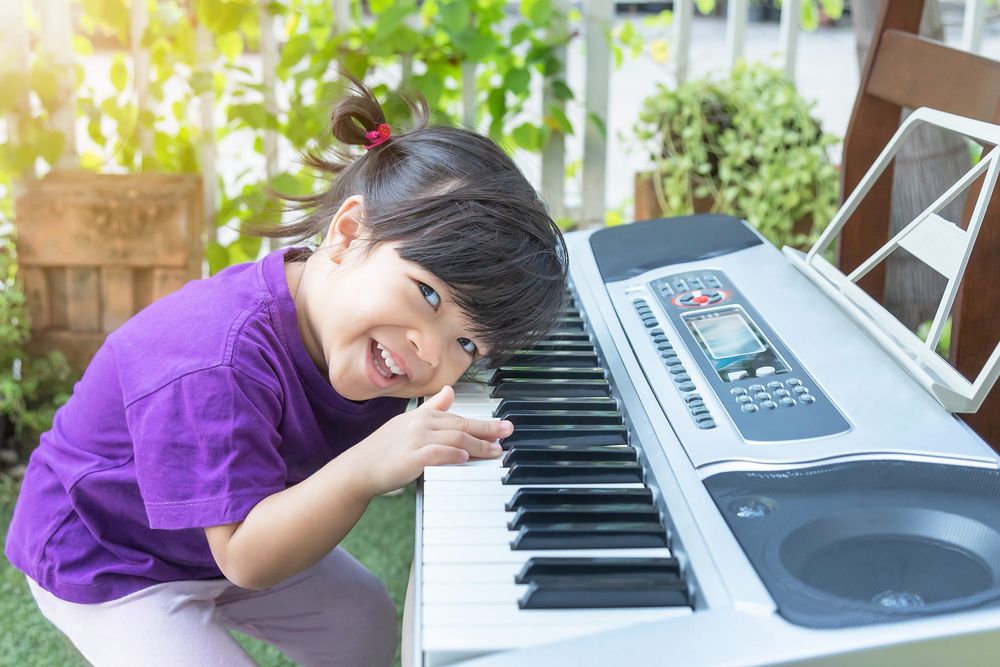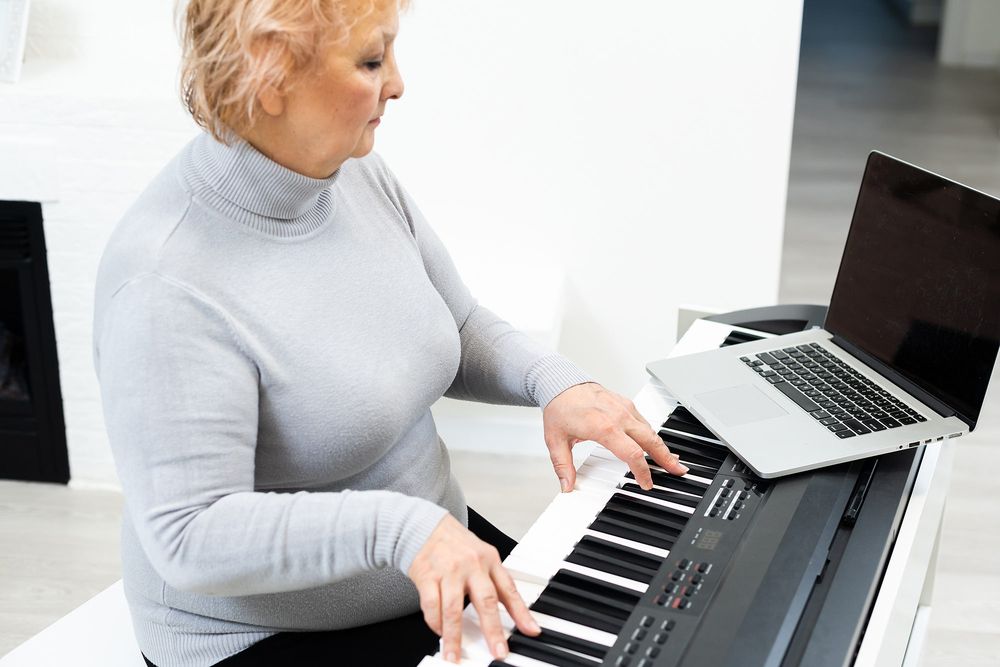3. Beginner Keyboards
If you're either on a tight budget, or just want to learn more for enjoyment than serious instruction, then one of the large range of electronic keyboards might be a good idea. Whereas a digital piano will usually have a fairly standard and basic feature set, portable or home keyboards come in a variety of different keyboard lengths and sizes, and generally include a host of digital sounds and accompaniment features. They usually have built-in speakers, and battery operation is common with smaller models. These instruments often come with basic keyboard skills instructions that make for a good low cost introduction to playing a keyboard.

By comparison with digital pianos, these keyboards take full advantage of digital technology, providing auto-accompaniment features which allow beginners to quickly realise pieces of music, without all the arduous hours of practise. Drum, bass and chord parts can be triggered, shaped and stored in memory using the left hand, whilst the right hand plays the melody. Schools often choose portable keyboards to provide entry-level instruction for young beginners, as immediate results can be mixed with basic teaching and act as an introduction to the piano when it is felt that the child has reached a sufficient standard. If progressing to the piano is a consideration, then you should look for the following features as a minimum:
- 5 octave (61 black and white full size keys) touch sensitive keyboard
- Sustain pedal input
- A good quality basic piano sound
- USB or MIDI connections to PC
Features that aren't essential, but which you may like to look out for are a volume pedal connection, and digital effects like reverb (natural sound ambience), chorus and delay.
If you are purchasing for a younger child, the cost is low enough with an electronic keyboard for you to see how they get on with it, and then to invest in a real piano later on when their hands and fingers are stronger and more fully developed.




